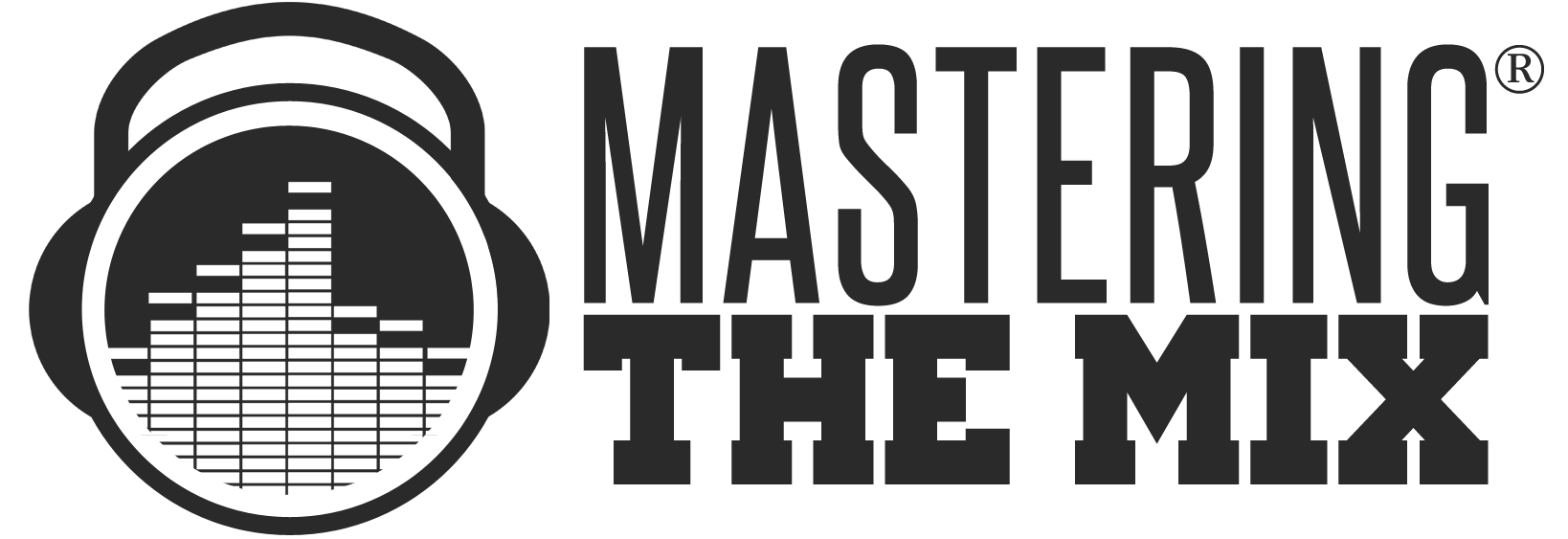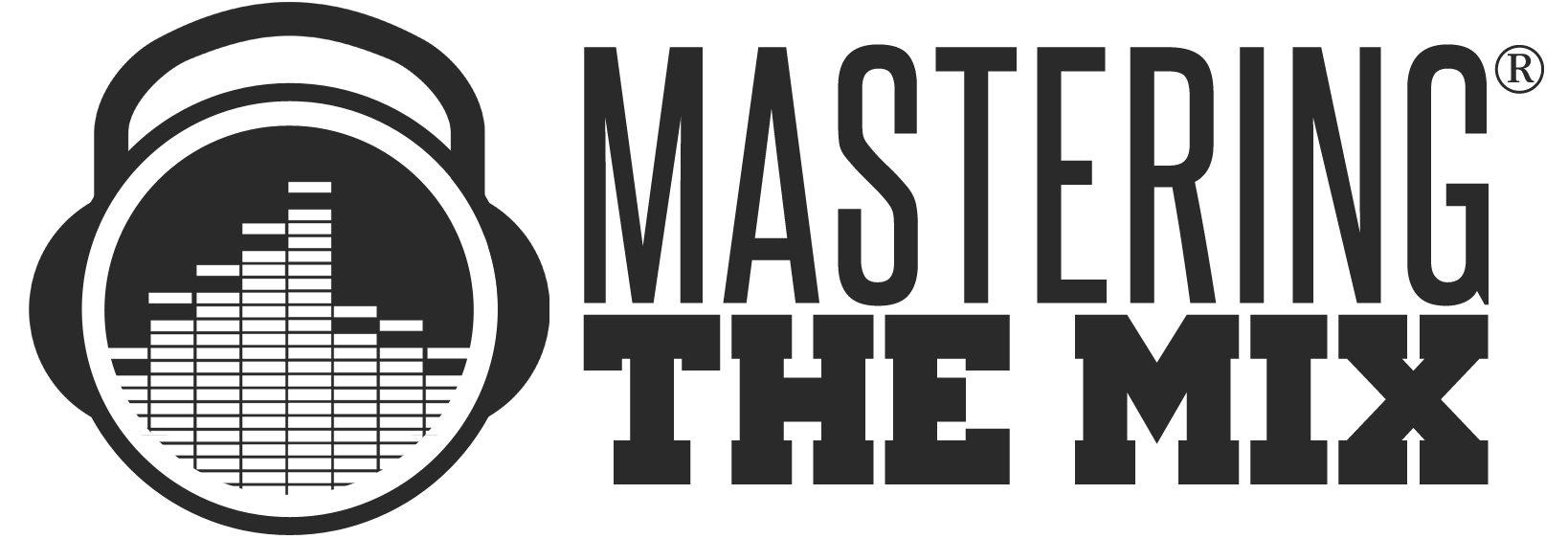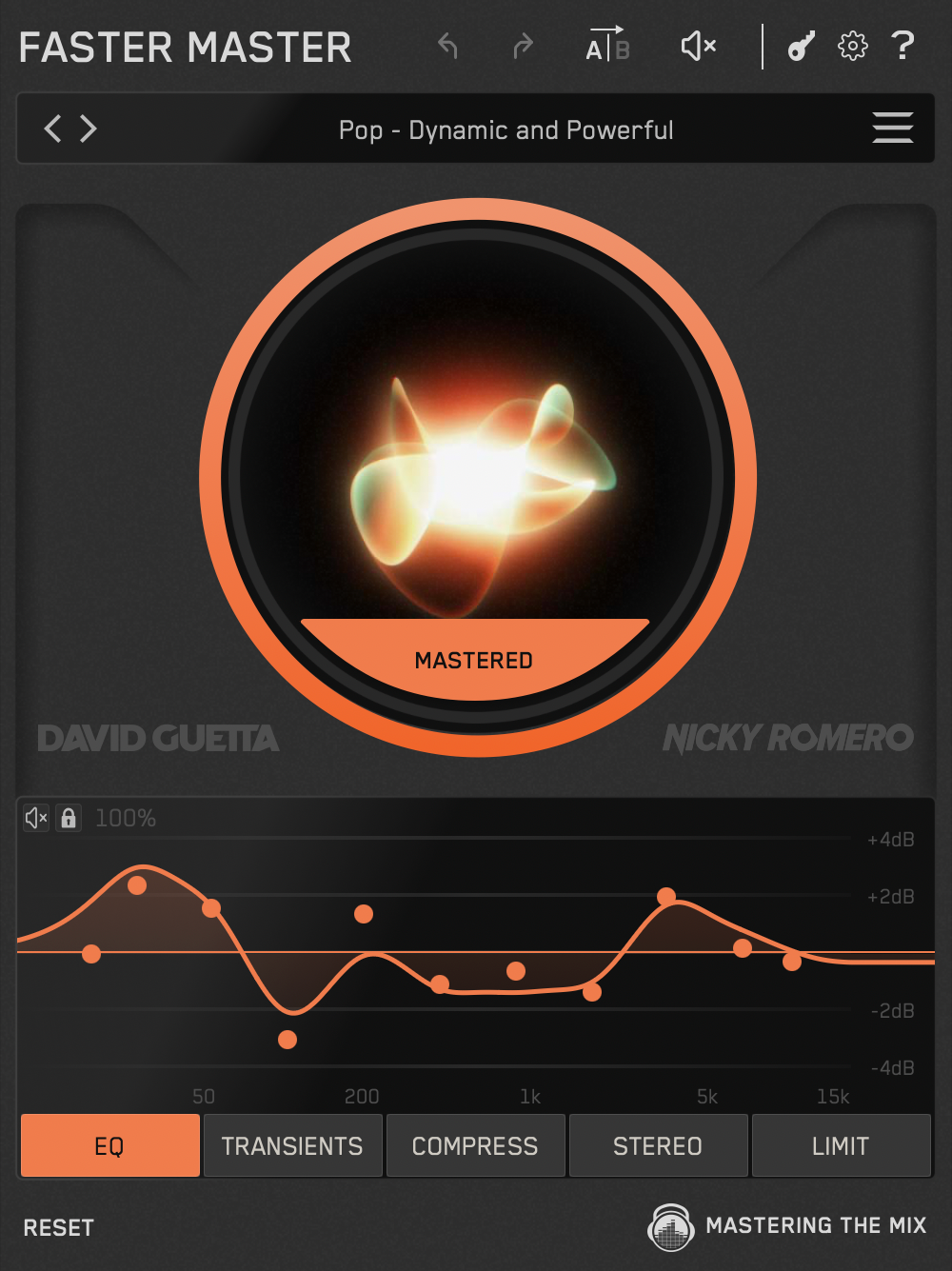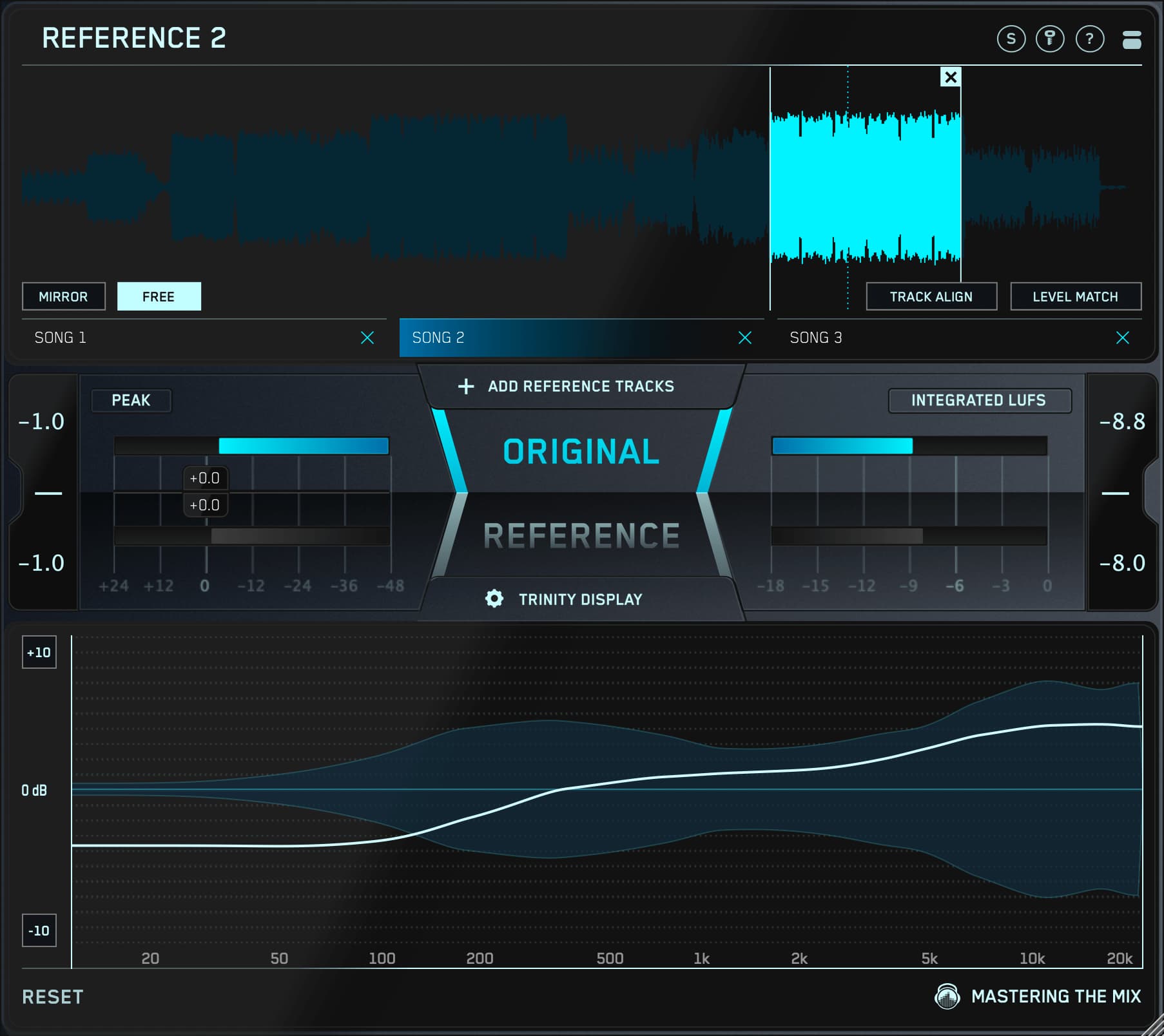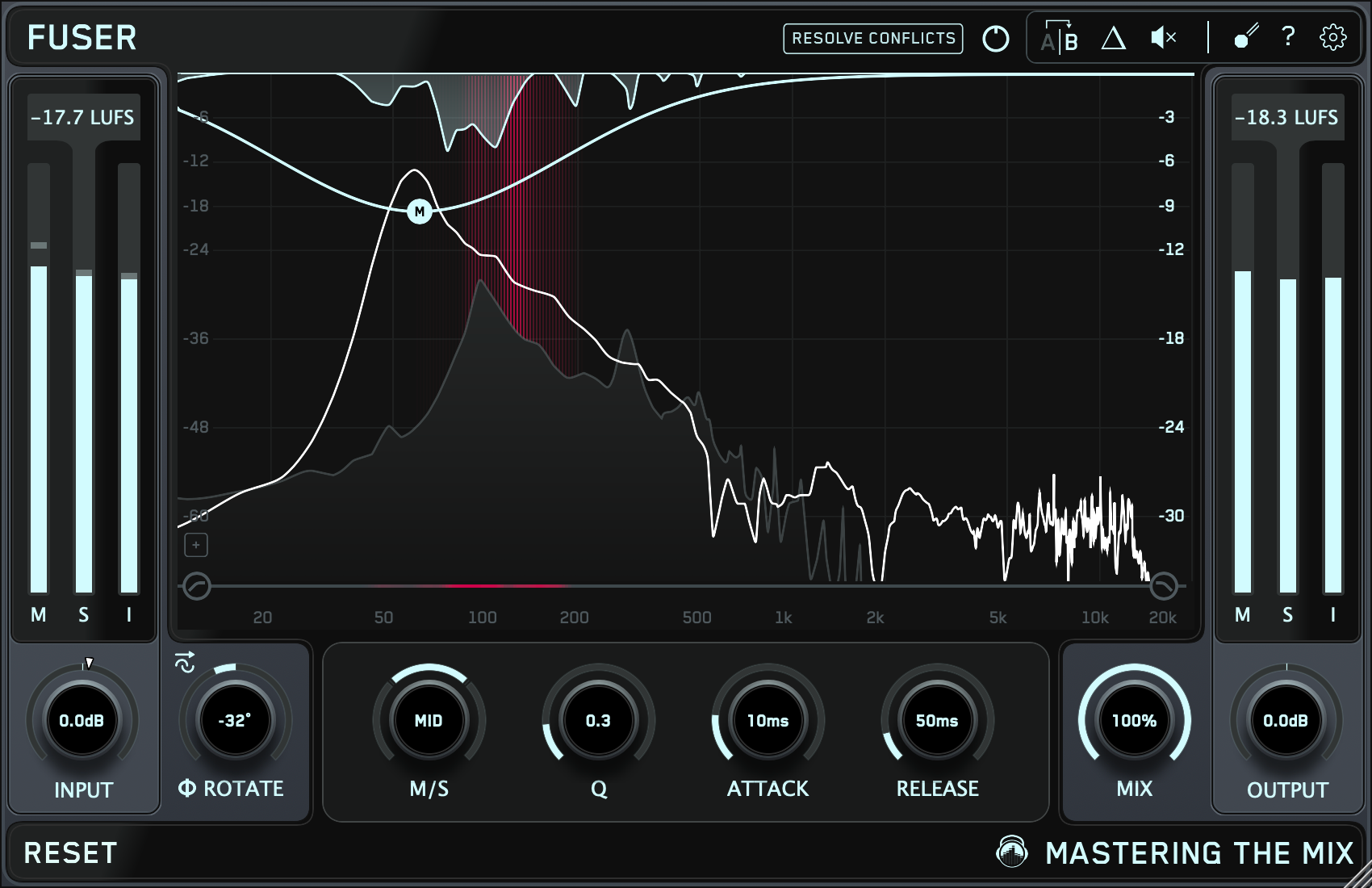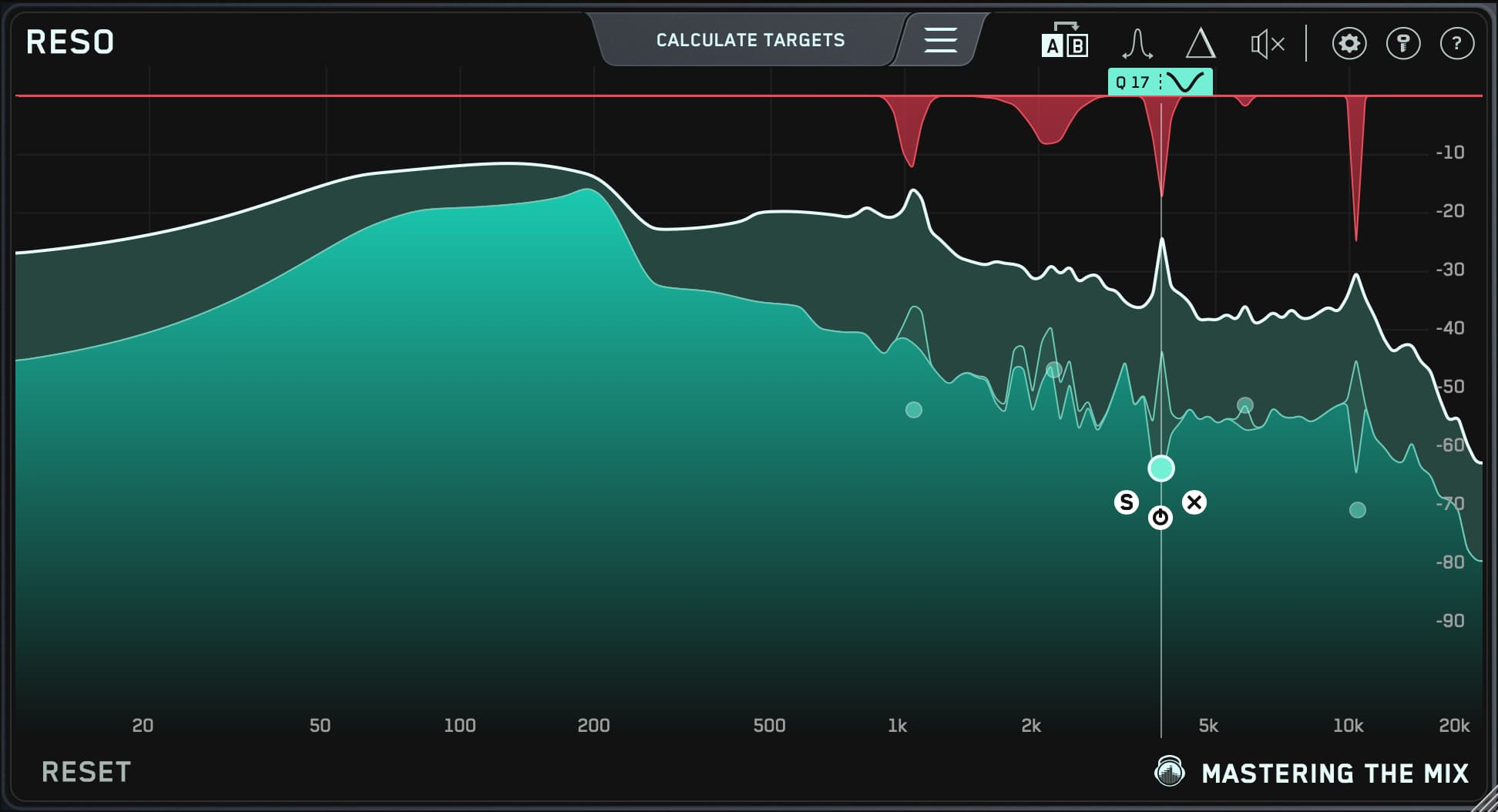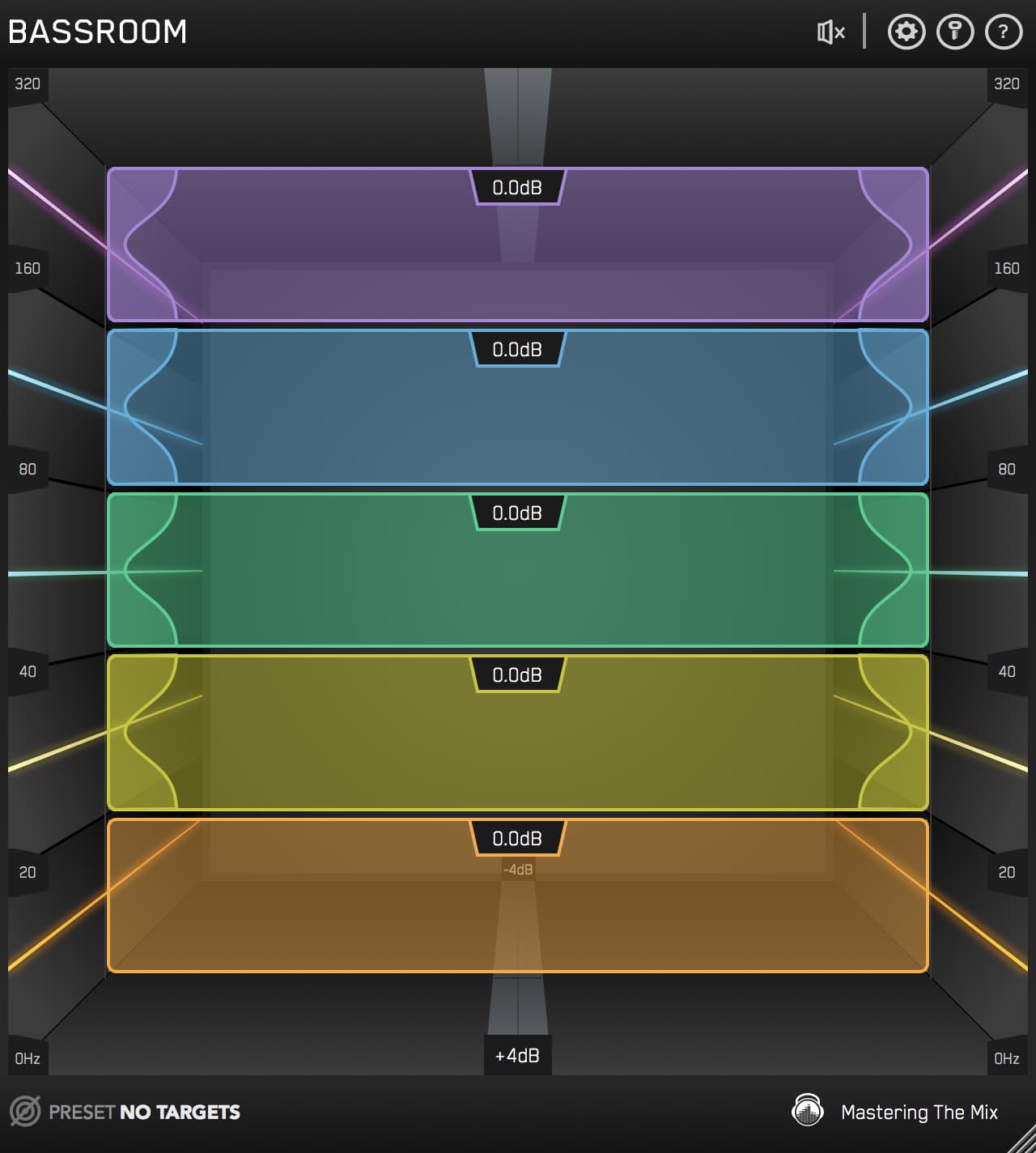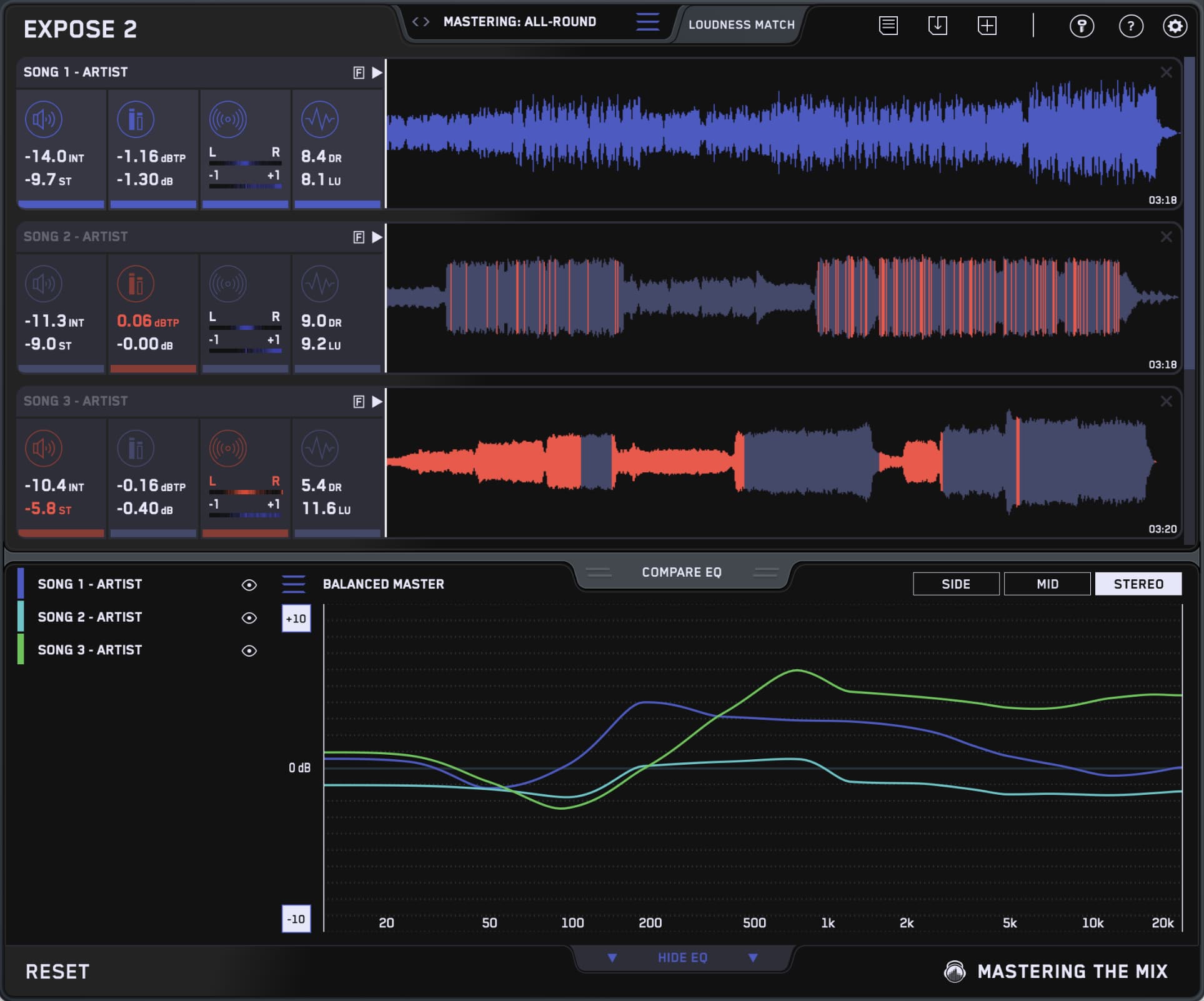MIDI is the backbone of most modern music productions. Originally developed in the 1980s, MIDI technology revolutionized the way we make music forever. However, MIDI setups can be complex and overwhelming—especially when trying to interface multiple pieces of hardware and software. In this blog, we'll teach you everything you need to know about MIDI and show you some cool tricks to spice up your next production using virtual instruments.

What Is MIDI?
First, let's start with the basics. MIDI stands for Musical Instrument Digital Interface and is a communications protocol designed to standardize the way digital music hardware communicates. MIDI technology was developed in 1981 by Roland founder Ikutaro Kakehashi to create a "universal synthesizer interface" that could be used to control any virtual instrument. It allows us to capture detailed performance information, which can be used to communicate with other MIDI-enabled devices or power VSTs to emulate the sound of different instruments.
However, it's important to note that MIDI is not audio—it's just information. It tells virtual instruments what to play and how, including a note's notation, pitch, velocity and more. When a musician plays a MIDI instrument, the entire performance is converted into MIDI data.
This data can then be used as input for any virtual instrument, allowing you to change out the sound source in post. Maybe you recorded the part using a virtual piano, but later decided it would sound better played by a cello. No need to call in a session cellist and re-record the part—with MIDI, you can simply pull up your favorite virtual cello and change the instrument in post. You can even alter the performance data to suit your new arrangement.
Each MIDI output can carry up to sixteen channels of information, which can each be routed to separate instruments or controllers, allowing you to create complex multi-channel rhythms, grooves and melodies. MIDI controllers come in various shapes and sizes including traditional keyboards and synthesizers, drum pads or even analog step sequencers. Additionally, MIDI can interface with your DAW, opening up a whole new world of sonic possibilities.

MIDI Messages
Now that you understand the basics of MIDI, let's dive a little deeper and talk about the specific MIDI parameters you can adjust. MIDI data is a lot more detailed than which note was played when. Here are some of the more common parameters you can control using MIDI:
-
Note: Which note is played and when
-
Sustain: How long a key is held, which typically controls how long a note is played.
-
Velocity: How hard the key was pressed. This is more than just softer or louder—good VSTs will produce different sounds when notes are played at different amplitudes.
-
Pitch bend: Adjusts the pitch of a note in semitones, similar to bending a note on a guitar. Typically controlled by a wheel.
-
Aftertouch: How much pressure is applied to the key after the initial press. Can be used to control volume, vibrato, and timbre. However, not all devices support aftertouch effects.
In addition to performance data, MIDI devices also provide MIDI system messages to help coordinate the function of multiple devices. Here are some of the most common MIDI system message parameters:
-
Timing clock: Synchronizes multiple devices with primary clock.
-
Transport: tells the device when to start, stop, record, etc.
-
System exclusive (sysex): These are typically custom messages programmed by the manufacturer. Some older MIDI gear relies extensively on sysex, but most modern systems use the universal parameters outlined above.
Now that we've covered what type of data MIDI can control, let's explore how we control those parameters using MIDI interfaces and controllers.

MIDI Controllers and Interfaces
MIDI controllers come in many shapes and sizes. The most simple controllers resemble a traditional piano keyboard or drum pads, while the most complex resemble a high-tech synthesizer from outer space.
Most MIDI controllers feature anywhere from 25 to 88 touch sensitive piano keys, a number of pressure-sensitive pads for triggering samples, as well as knobs and sliders for controlling various parameters. Some MIDI controllers only feature keys, while others only feature drum pads. It really just depends on your style.
These MIDI controllers are typically connected to analog sound sources such as synthesizers or drum machines. Most MIDI controllers connect directly to your computer via USB, but most also offer MIDI ports for connecting to additional hardware devices such as interfaces and step sequencers.
A MIDI interface is similar to a traditional audio interface, with multiple MIDI In, Out and Thru ports, as well as a USB/Thunderbolt port for connecting to your computer. They make it easy to work with multiple MIDI devices like those listed above.
However, it's important to note that you don't actually need a MIDI controller or interface to start integrating MIDI into your productions—you can simply draw the notes by hand inside your DAW. Create a new MIDI track, load up your favorite virtual instrument plug-in and create a new empty clip region on the track. Next, use your mouse to draw individual notes in the region.
Here's the best part: you can manually adjust just about any parameter for each individual note. It may sound a bit tedious, but it allows you to dial in the perfect performance, even when you don't have (or don't know how to play) the instrument you want to use. You can even use MIDI to automate parameters or change patches on hardware or software instruments.

Connecting MIDI Devices
Hardware controllers allow you to send MIDI information to your DAW or other sources. However, information only flows in one direction with MIDI cables, which is why most MIDI-enabled devices include three MIDI ports: In, Out and MIDI THRU. MIDI In is for sending data to a device—typically a synthesizer or other sound source that can generate audio based on the incoming MIDI signal.
MIDI Out is for sending MIDI data to another device. Just remember, MIDI data isn't sound! Let's say you want to connect your step sequencer to your synthesizer and record the output. Use a MIDI cable to connect the MIDI Out port on your step sequencer to the MIDI In port on your synth. Then, use a standard TRS cable to record line-level audio from the device. Connecting a MIDI cable from the MIDI output of the synth to your recording interface will only capture the MIDI data—not the actual audio coming from the synth.
MIDI Thru allows you to set up even more complex patches by sending the same MIDI signal to multiple destinations. One MIDI stream is capable of carrying up to 16 channels, meaning you can send and receive the same signal on a number of different devices. Simply connect the MIDI Thru of the first device to the MIDI IN of the next device in the chain to duplicate the MIDI data. It's also important to note that there's no limit to how many MIDI tracks you can create within your DAW—the 16-channel limit is only applicable to hardware connections.
Best of all, even if you record a performance using an external MIDI controller, you can still manipulate all of the same parameters of your performance after recording the MIDI data into your DAW! The possibilities are endless.

Tips For Using MIDI In Your Music Productions
Now that you understand the basics of how MIDI works, let's take a look at some creative ways to use this impressive technology in your next production.
Start with a Human
One of the downsides to MIDI productions is that they tend to sound cold and robotic. Unlike computers, human musicians are never perfectly in time or in tune. This becomes especially apparent when drawing in MIDI data or over-quantizing a recording. That's why it's best to play the part yourself using a MIDI controller, to help humanize the performance. The subtle inconsistencies will help make the part feel more realistic and lifelike and help blend in with the other instruments in the track.
Choose the Right Sounds
MIDI is a powerful tool that allows you to emulate the sound of different instruments. However, some instruments sound better than others. Instruments like pianos and synths are fairly easy to recreate, while more complex and harmonic instruments such as vocals and guitar can be tricky since they aren't able to capture the same details and intricacies as an analog instrument.
Keep the Performance Realistic
One dead giveaway that you're using MIDI in your production is to write a part that would be impossible to play live. For instance, if you're programming drums, it's important to think like a drummer. What would your right hand be doing right now? What about your left? Don't layer so many sounds that only a well-trained octopus can play the part.
Don't Rely On Presets
Presets can be a great starting point, but if you use too many in your song, there will be nothing unique or original about it, making it difficult for you to get noticed. That's why it's important to tweak presets and alter your starting sounds with plug-ins. Versatile tools like MIXROOM and BASSROOM are great for sculpting your sound, while advanced effects like ANIMATE make it easy to spice up your tracks with enhanced dynamics, stereo width and harmonic saturation.
Get Creative With Arps
Step sequencers and MIDI are like peanut butter and jelly. If you're having trouble coming up with a melody or rhythm, simply use a step sequencer to create an arpeggio to add movement to your track. However, much like the previous tip, it's important to spice things up a bit. Standard arpeggios have gotten a bit stale over time. Try to move a few notes around to create more interesting patterns. Additionally, some step sequencers feature a "random" option, which randomly generates patterns using a predetermined number of notes—perfect for beating writer's block!
Use Multiple Layers
If one MIDI track is good, more must be better, right? Try layering multiple sounds to create bigger, more powerful sounds. It's quite common to layer multiple drum samples to get the right sound. For instance, you might use one sample to support the low end of the kick and another to provide the snap and attack. Alternatively, you could layer multiple bass synths to create a one-of-a-kind sound.
Add Automation
Automation makes everything more exciting and helps add a human element to your performance. Experiment with automating CC messages, such as those controlled by the wheels, knobs, faders and buttons on your controller. This can be a great way to bring your performance to life with pitch bends, aftertouch effects and more.

Follow these tips next time you're working with MIDI to punch up your productions with a polished, modern sound!
